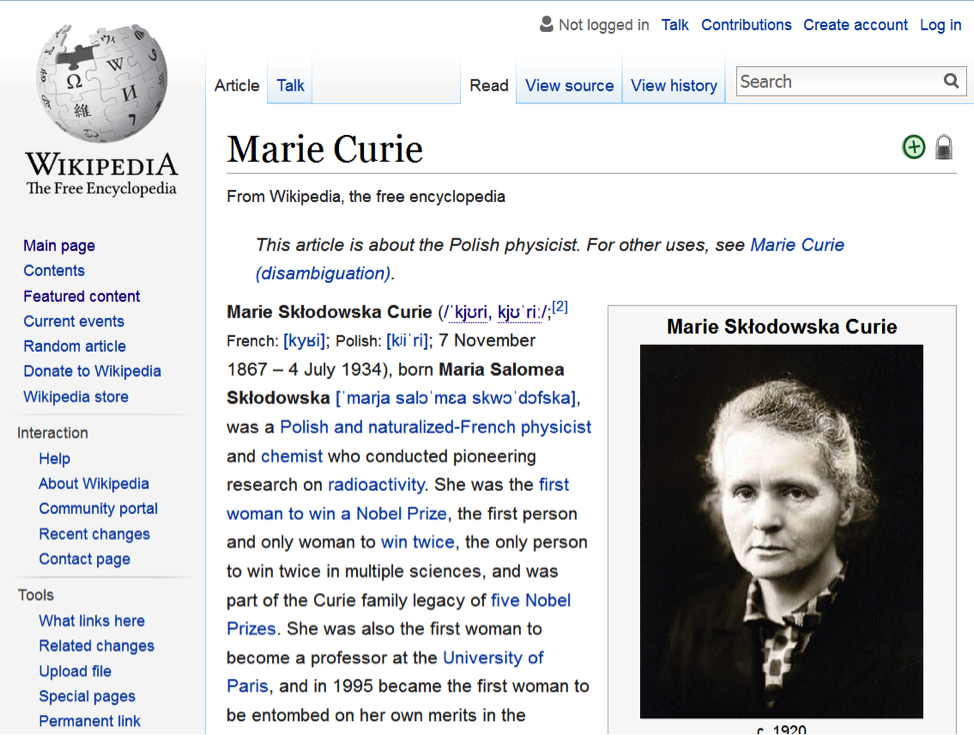11.1 On Style Conventions
Academic papers, cover letters and resumes, business plans, and other documents tend to follow certain conventions. For example, MLA (Modern Language Association) and APA (American Psychological Association) style dictate, among other things, exactly what academic papers should look like. AP (Associated Press) style shapes the look of newspaper text, and IEEE (Institute for Electrical and Electronics Engineers) style governs engineering articles and documents. For every field in which you write, you’ll discover that field-specific style guides shape the appearance of a text, the way language is used, the preferred terminology and vocabulary, and the way sources are cited.
In business and commerce, established firms like Panasonic, IKEA, eBay, Sears, and Trader Joe’s have a style too. To preserve their brand identity, firms create recognizable, memorable logos and make sure their documents follow a certain agreed-upon style. Government and civic organizations have logos and letterhead too, and government and military documents are also the product of style conventions.
When you are in school, you’ll be told to respect style, citation, and formatting conventions, like MLA or APA. When you go into the professional world, you’ll need to find out what the field-specific or company-specific style and citation conventions are. If you publish online, you should consult style and formatting guides recommended by the World Wide Web Consortium (W3C).
Style conventions are important. When you are designing a document, you’ll need to know if a particular style applies to it; for example, a cover letter should generally follow traditional business letter format. Memos and emails might look slightly different; for example, we don’t expect to see an address block for the letter recipient on an email because you don’t need to know someone’s street address to reply to an email.
Many bemoan the lack of a consistent style on web pages; sometimes the way they look detracts from their readability. And we often don’t know who wrote the text, where it comes from, or when it was produced. Many people hesitate to assign real credibility to an undated, unsourced blog written by a stranger—and rightly so. This is why sites like Wikipedia demand sources and format all entries exactly the same. The “look and feel” of Wikipedia is now familiar to people around the world, and it is used as a source in certain writing contexts, for good or for ill, precisely because there is some predictable, reliable regularity to its content, and its easy-to-navigate entries are popular with readers.
However, producing good publications goes way beyond just observing style conventions; there are a number of different concepts to consider and many important choices to make as you plan how best to communicate your message, whether you do it on paper or onscreen.

CHAPTER ATTRIBUTION INFORMATION
This chapter was written by Jodi Naas, Portland Community College, and is licensed CC-BY 4.0.

